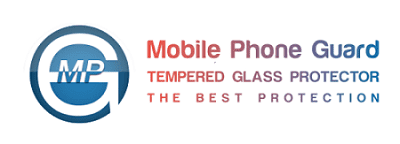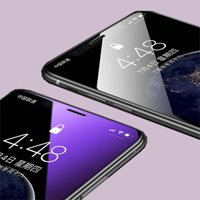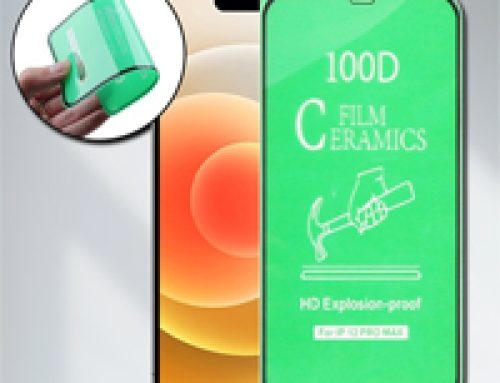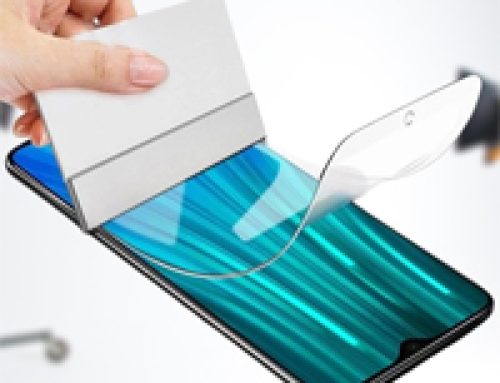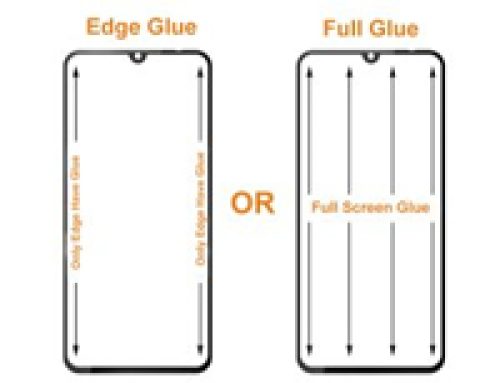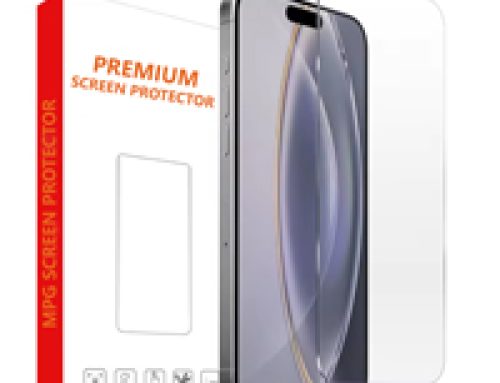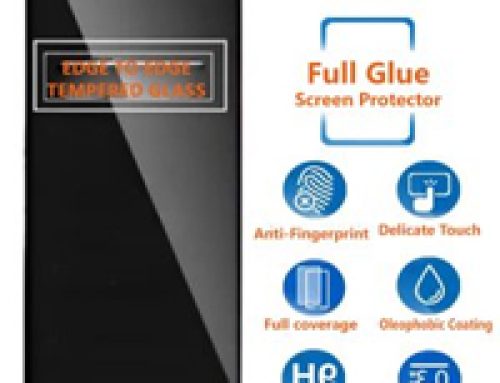Table of Contents
How tempered glass screen protector developed and evolved – The Journey
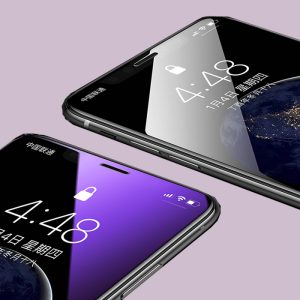
Basic Information
Every product around this world has a journey and the tempered film is no exception. These days you will hardly find any Smartphone user not using a tempered glass screen protector. But how this excellent product comes into play? How it evolves with the changing time? How important is it for the tempered glass film industry to keep up with the latest technology? In this article, we will try to give you the narration.
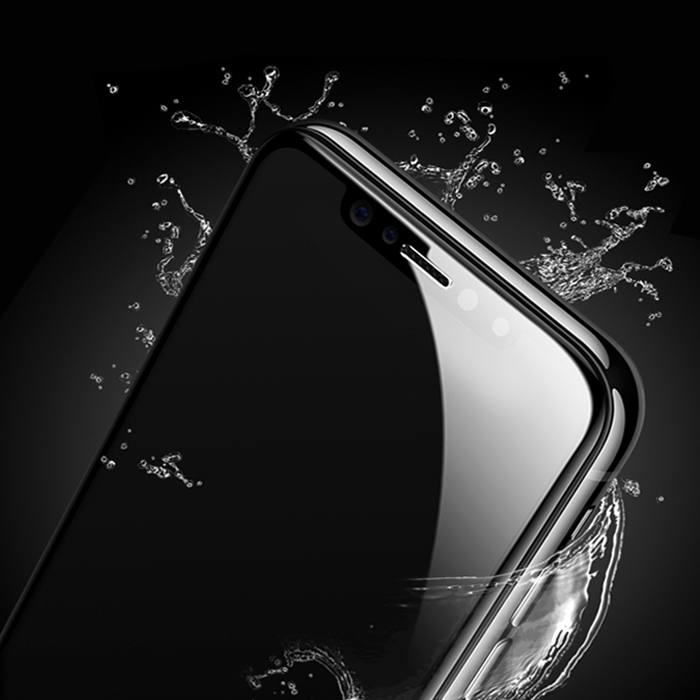
What is a tempered glass screen protector?
The tempered film is a thin piece of glass pasted on the screen of smartphones or tabs to protect the original glass screen. In the past, Smartphone makers came up with different designs where the screen occupied most of the surface area of the mobile phone. To protect the original screen of their Smartphone people used to remove the soft film on the mobile phone screen and replaced it with a toughened glass film to enjoy peace of mind. This happened till the iPhone 4 was on the market.
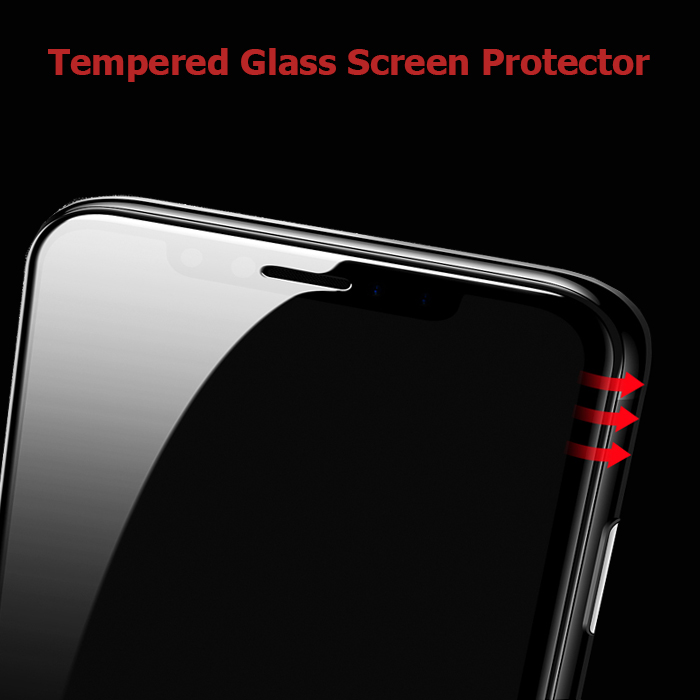
The arrival of brands like Huawei, OV, Meizu, and Xiaomi from China helped the tempered glass screen protector market as tempered film always gave assurance to the people about the protection of the original glass screen,
Until around the time of iPhone 4, after the button was abolished, people have removed it, But at least buy peace of mind.
Types of tempered glass screen protectors as per the phone models
There was a time when the 2,5D curved glass screen of smartphones was popular. Taking the queue from the manufacturers of Smartphones, makers of the tempered film started producing 2.5D tempered glass screen protectors but they faced many problems including managing all the arcs at the edges and glue that was unable to stick to the phone’s surface due to curved corners of smartphones.
So, tempered glass screen protector is divided into different categories.
Two main categories are
Full Cover | Half Cover
Then there are sub-categories like –
full fit | pseudo full fit | Fully covered and fully fitted | full glass | non-full glass | Fully covered, fully laminated, all glass
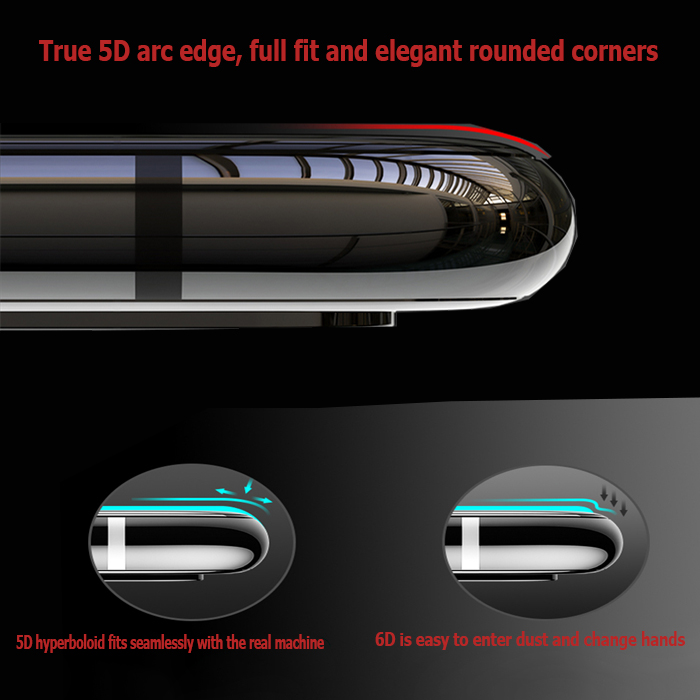
Furthermore, you will find that there are two kinds of pseudo-full fit.
- Half-covering: This type is a bit smaller than the screen itself, and for that reason, the curved area of the screen is exposed. Half-covered or semi-covered tempered film always leaves some white edges. There are iPhones ( from series 6 and up) and the latest versions of Android phones will face the problem of having ‘white edges’ if users installed half-cover tempered glass no matter how stupid the mold factory is, it is complete, the minority Android phone, the semi-covered tempered film will still have white edges, so you need to use “white edge filling fluid” to fix it.
But this is a short-term solution just to cover it up, not the final fix.. After a few days, the oil will be squeezed out, and the edge of the tempered film will be dirty. The best solution found so far is a kind of UV glue also known as optical glue.
- Fully covered and fully fitted
These full-cover tempered films will block the exposed areas as the purpose is to prevent white edges. Divided into “full glass” and “non-full glass”
All glass or Full Glass
Although as per the name and claim this tempered film covers white edges but there are cases where you may find that edges may not be attached in a proper way. Moreover, the lifespan of this tempered film is low and corners can break with a light touch.
Arrival of 3D
To solve this problem, tempered film manufacturers came up with a new product- 3D curved tempered glass. Here in some cases, manufacturers use cold carving technology, and some use hot bending technology. The lifespan for this type is a bit longer and the sense of towering is much lower.
Disadvantages you may face
Tempered film rupture
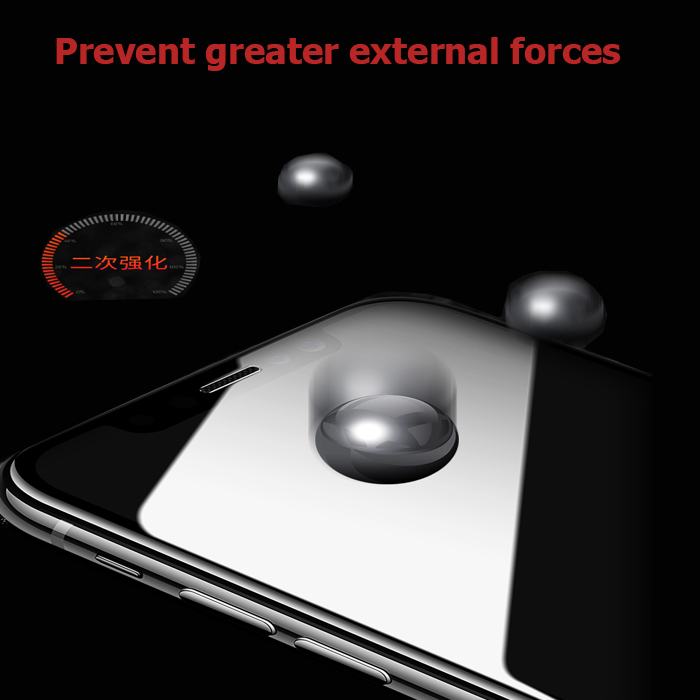
Framed Tempered Glass Screen Protector
The structure of the two is roughly the same, the screen area is still glass, but the edge frame is partially replaced with non-metal or plastic, which is called a soft-edged tempered film. This particular product completely solved the problem of low existence rate. Fitting too is really good.
You will also get the assurance that the tempered film will not be broken even if it is dropped to the edge as durability increases.
Soft edge tempered glass screen protector
In this type, the bottom part is not fully bonded, and it is the same as the top part, and it is also divided into a full glass and half glass. One can use strong double-sided tape to replace the original AB glue on the back of the whole sheet. there will be dense layers of dots in the exposed area of the screen to support the touch.
Curved Screen Problem
Once the curved screen first came into the scene, there is no way tempered film will fit fully on taxis with 3D arcs. It can only do the semi-laminated tempered film mentioned above, but even so, poor lamination often occurs.
Enter the solution, Liquid Glue, otherwise known as diluted optical glue.
How to use Liquid glue tempered glass screen protector
In the beginning, drip glue on the screen, then evenly spread it to all the screens, and absorb the excess glue with paper. Then use ultraviolet light to cure after lamination it will ensure no broken edges once fitted.
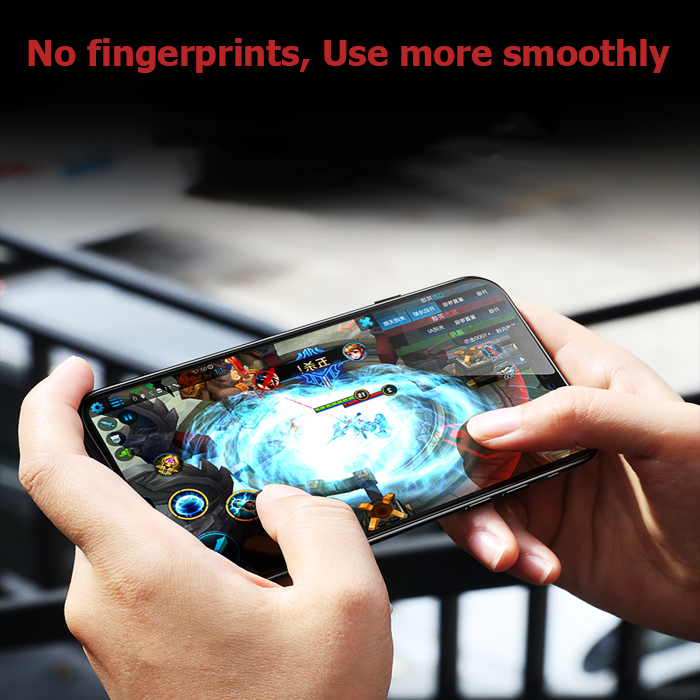
Con
This is way too expensive which may act as a turn-off.
Even after all these people around the world still favour 2.5D and for most users, semi-covered tempered film is recommended.
So, it’s the people who decide what to take and what to reject. Now you have a fair amount of idea about the journey of Tempered film, you can decide on your own.

Also pls visit our new product:
